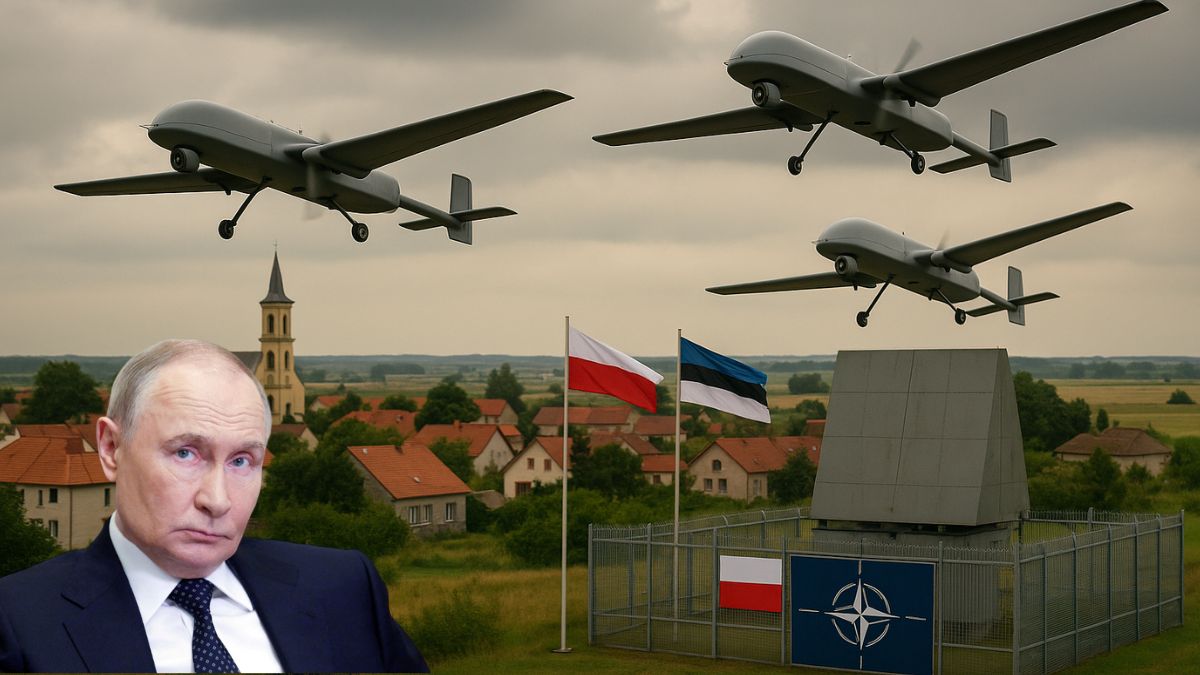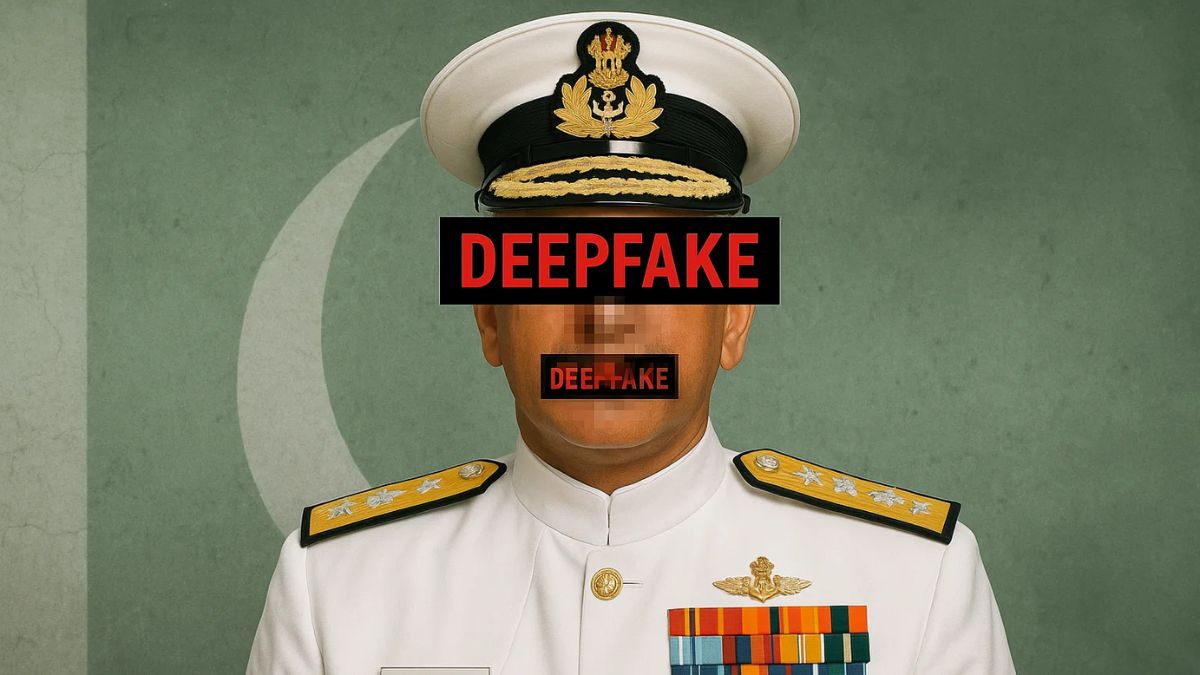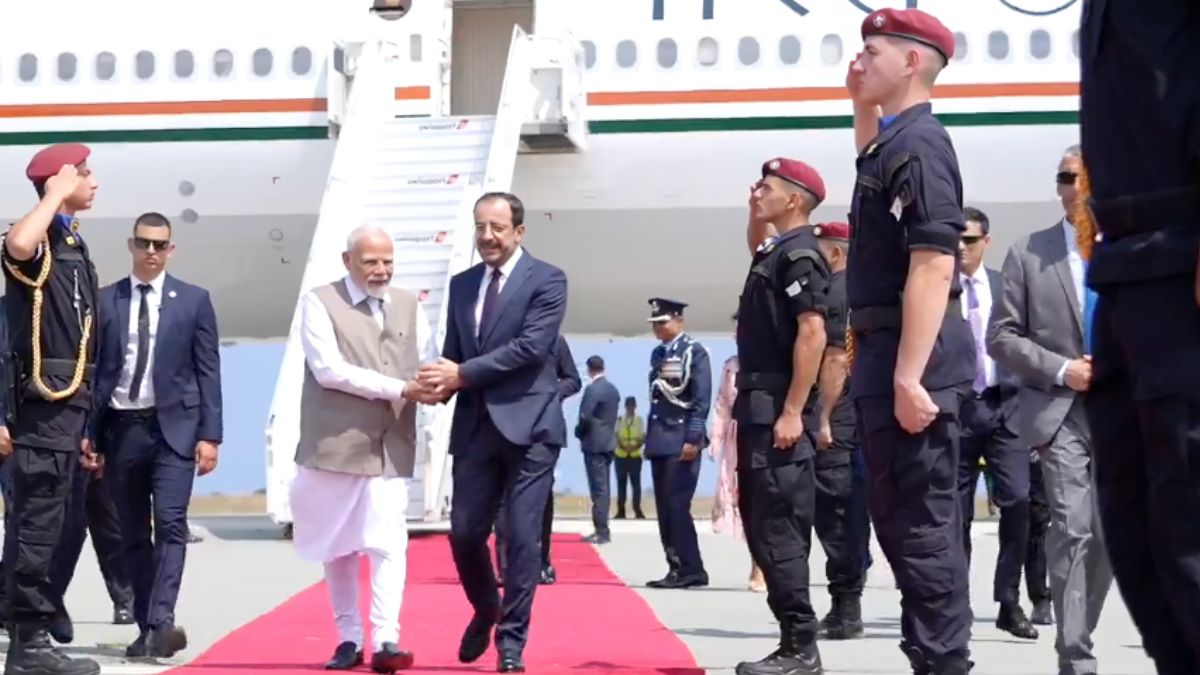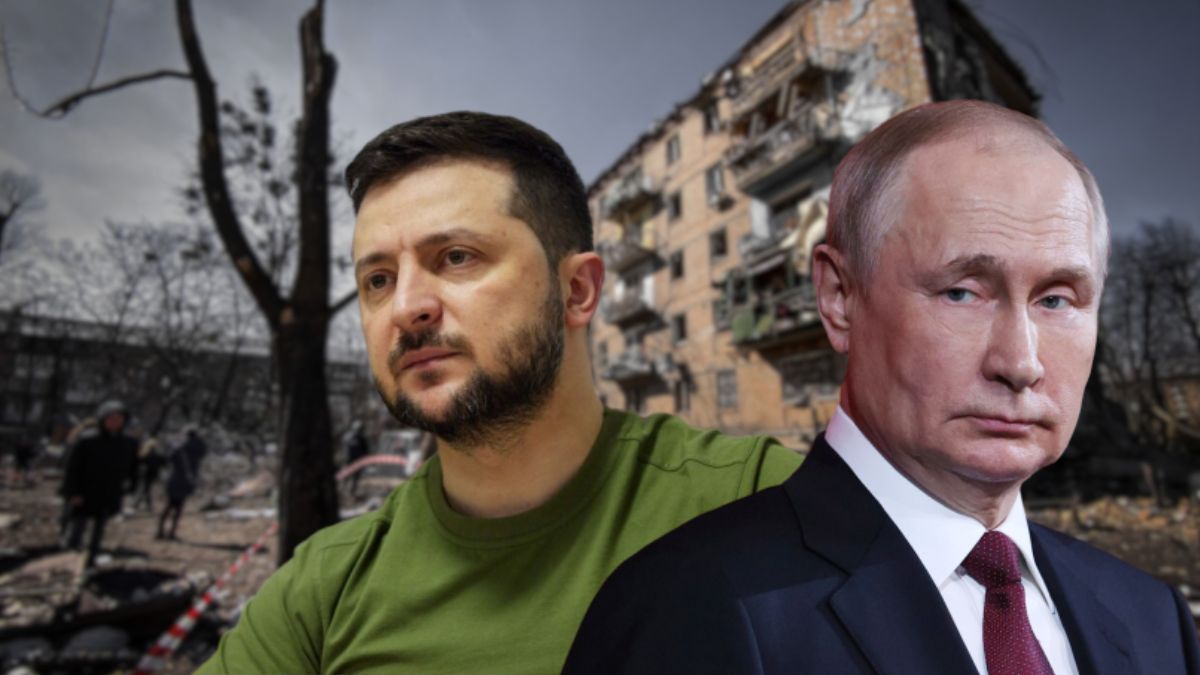After Russian Incursions, EU Frontline States Push For “Drone Wall” To Counter Escalating Threats

Unidentified drones, border violations, and rising alarms, Europe’s eastern flank is fast becoming the frontline of a new kind of threat. Image courtesy: AI generated picture via DALL-E
European frontline states are rallying behind the urgent need for a coordinated “drone wall” to protect their airspace following a surge in drone incursions across the Baltic and eastern regions.
The latest incident occurred overnight between September 25 and 26, 2025, when two unidentified drones were spotted over Sweden’s Karlskrona archipelago, home to the country’s main naval base.
According to police spokesperson Mattias Lundgren, the drones, described as larger models resembling those previously observed over Denmark and Skåne, were seen within 10 km of the strategically sensitive facility.
“We have filed a report for violation of the Aviation Act,” Lundgren told Swedish broadcaster SVT, noting that residents near Mjölkesund bridge, Sturke, and Tjurkö reported drones flashing red and green lights. Patrol officers also confirmed sightings.
How is the drone activity pattern escalating?
This latest breach adds to a growing pattern of drone incursions targeting sensitive military and civilian areas across Europe. Earlier in September, Poland reported a major violation when Russian drones crossed into its territory during overnight attacks on Ukraine.
Of the 19 drones launched, Polish forces shot down four, but debris damaged homes and vehicles in Lublin Voivodeship. Prime Minister Donald Tusk swiftly invoked NATO’s Article 4, bringing the matter to the Alliance for urgent consultations.
Romania faced a similar scare on September 13, scrambling two F-16 fighters after detecting a Russian Shahed drone near the Danube. Although the drone did not enter populated areas, Ukrainian President Volodymyr Zelenskyy claimed it lingered in Romanian airspace for nearly 50 minutes, sparking alarms in Bucharest.
In Estonia, tensions escalated further when three Russian fighters violated its airspace for 12 minutes on September 19. Foreign Minister Margus Tsahkna called the incursion a direct breach of territorial sovereignty and UN Charter principles. The incident triggered both an emergency UN Security Council session and a NATO North Atlantic Council meeting, where allies strongly condemned Moscow’s actions.
What was NATO Response and why it launched “Eastern Guard”?
The mounting incursions prompted NATO Secretary General Mark Rutte to launch “Eastern Guard” on September 12, a new operation along the Alliance’s eastern flank.
The mission, covering Poland and Romania, is designed to counter specific threats from drones and enhance collective defence. President Andrzej Duda further authorised the presence of NATO troops in Poland as part of the effort.
Why is there a push for a “Drone Wall”?
Against this backdrop, EU frontline states are converging on the idea of a “drone wall.” an integrated system of radars, interceptors, and surveillance networks designed to detect and neutralise hostile drones before they reach sensitive infrastructure.
The proposal, discussed among Nordic and Baltic states, reflects growing alarm that Russia’s hybrid warfare tactics are spreading across the region.
Security experts argue that the repeated intrusions, from Sweden’s naval base to Polish villages and Estonian skies, underscore the vulnerability of Europe/s airspace to unmanned threats.
With Russia’s war in Ukraine continuing unabated, European leaders say the establishment of a “drone wall” is no longer optional but a necessary shield for NATO’s eastern frontier.







